Tags: Universe

President Joe Biden Unveils First NASA James Webb Space Telescope Image Showing the Universe, Stars and More; When to See Other Space Photos?

President Joe Biden to Unveil NASA James Webb Space Telescope's First 5 Photos of the Universe
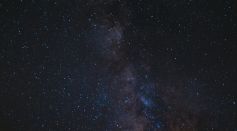
New Star System 300,000 Light Years Away From Other Galaxies Discovered

NASA James Webb Space Telescope to Explore Trapezium Stars as It Reveals Deepest Image of Universe From Space

Solar System Still Stable for Another 100,000 Years, New Calculations Says

Tarantula Nebula Images Reveal Catastrophic Explosion Induced by Massive Stars at Its Center During Early Age of Universe

LOOK: Largest Near-Infrared Image Taken by Hubble Space Telescope Released Today
NASA’s Hubble Telescope Captures ‘Spiral Galaxy’ Having a ‘Mysterious X-ray Source’

NASA Hubble Space Telescope Data Mysteriously Solves Universe Expansion Rate

Universe Expansion Could Stop as Dark Energy Weakens and Contract Very Slowly
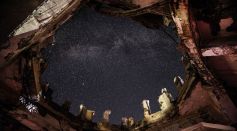
4 Stunning Things You Need To Know About Space Right Now
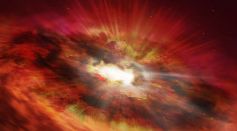
NASA Hubble Space Telescope's New Discovery Could Be the "Missing Link" to Universe's Origins?
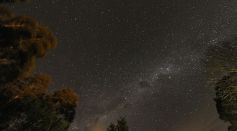
Where Is The Farthest Galaxy? Telescope Points Out Where It Is!
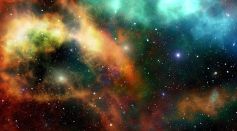
How Did the First Light in the Universe Happen? Experts Solve Mystery Through Simulation
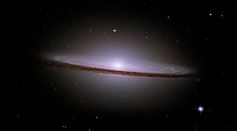
Dark Matter Evidence: ‘Anti-Universe' Running Backward Through Time and Mirrors Our Cosmos Might Exist

Space Sounds: What Are These Planetary Noises and How Do They Add to the Understanding of the Universe?

Hubble Space Telescope Captures Stunning View of the Galaxy 60 Million Light-Years from Earth in the Constellation Coma Berenices
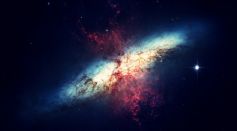
Extremely Fast Radio Burst Found in Surprising Location in Space; Astronomers Claim It's the Closest Source Ever
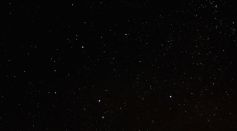
Do Smaller Galaxies Lose Their Dark Matter on Collisions? Here’s What Experts Say

Protocluster Discovered with Dead Galaxies; Young Members Stopped Evolving Since Early Formation of Universe
Most Popular

Trump Administration Declares COVID-19 Likely Originated from Wuhan Lab Leak, Citing Scientific Evidence

Mysterious Structures Discovered Beneath the Pacific Ocean, Puzzle Scientists

Largest Known Volcanic Aquifer Discovered Beneath Oregon's Cascades

New 'Supergiant' Sea Bug Found in South China Sea, Named After Darth Vader




